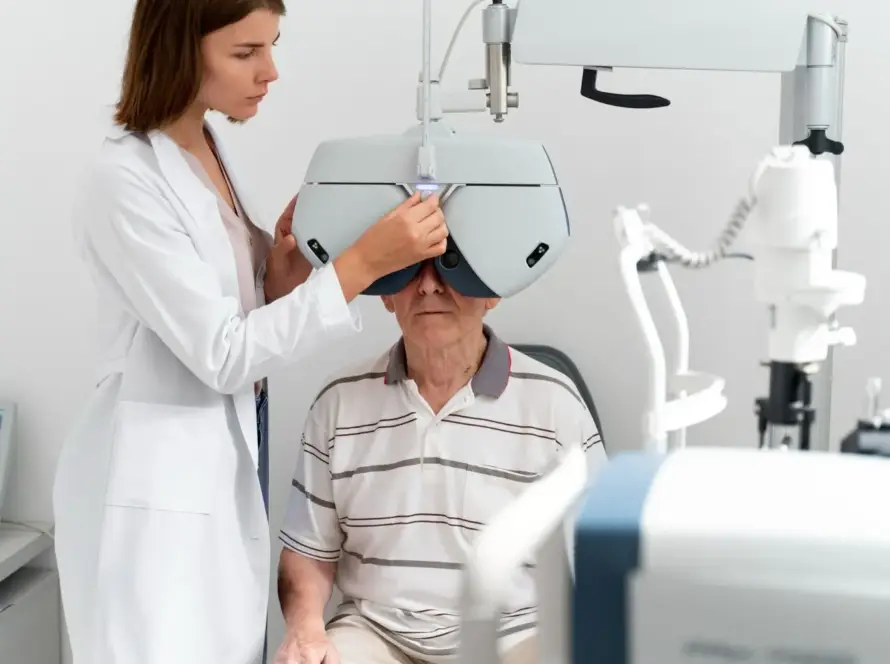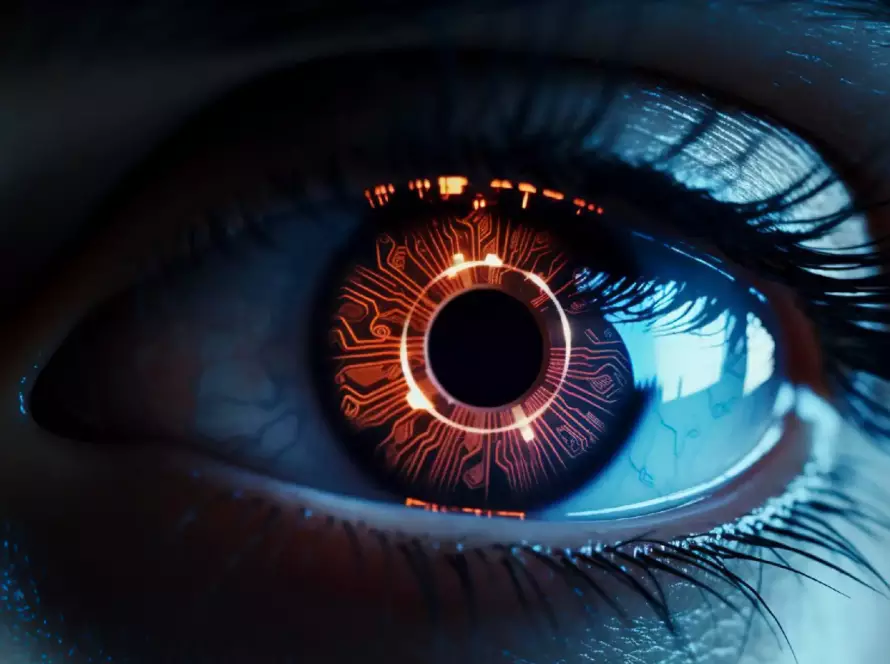Wavefront Guided Femto LASIK is an advanced laser eye surgery procedure that recently gained popularity. This innovative technology combines the precision of femtosecond laser technology with wavefront-guided mapping to correct various refractive errors related to symptoms such as nearsightedness, farsightedness, and astigmatism. This article will delve into Wavefront Guided Femto LASIK’s details, advantages, candidacy criteria, preparation, the procedure itself, recovery, potential risks, and a comparison with traditional LASIK.
What is Femto LASIK?
Femto LASIK, also known as Femtosecond LASIK, is a type of refractive eye surgery that uses a femtosecond laser to create a precise corneal flap. By creating a thin, hinged flap on the cornea, the surgeon gains access to the underlying tissue, which is reshaped using an accurate excimer laser to correct refractive errors. Femto LASIK has revolutionized the field of vision correction by replacing the traditional microkeratome blade with a laser, resulting in enhanced safety and accuracy.
How Does Wavefront Guided Femto LASIK Work?

Wavefront Guided Femto LASIK combines the principles of Femto LASIK with wavefront-guided technology. Wavefront mapping allows a detailed analysis of the eye’s unique imperfections, including high-order aberrations. This data creates a customized treatment plan that precisely reshapes the cornea, targeting specific refractive errors and optimizing visual outcomes. The accurate femtosecond laser is used to create a corneal flap, and the excimer laser is employed to reshape the cornea based on the wavefront data.
Advantages of Wavefront Guided Femto LASIK
Wavefront Guided Femto LASIK offers several advantages over traditional LASIK procedures. Firstly, the customized treatment approach allows for a higher level of precision, resulting in improved visual outcomes. It addresses common refractive errors and higher-order aberrations, providing enhanced clarity and sharper vision. Additionally, using a femtosecond laser reduces the risk of complications, such as corneal irregularities and flap-related issues, leading to faster healing and a reduced chance of post-operative discomfort.
Who is a Good Candidate for Wavefront Guided Femto LASIK?
Ideal candidates for Wavefront Guided Femto LASIK are individuals with stable vision and seeking to correct refractive errors, including disorders such as nearsightedness, farsightedness, and astigmatism. Candidates should be at least 18, have healthy corneas, and maintain good overall eye health. You must undergo a comprehensive eye examination to determine
if you are a suitable candidate for the Wavefront Guided Femto LASIK procedure. Your eye doctor will evaluate various factors, such as the thickness of your cornea, the severity of your refractive error, and any other eye conditions.
The Wavefront Guided Femto LASIK Procedure

The actual procedure for Wavefront Guided Femto LASIK typically follows these steps:
- Anaesthetic Eye Drops: Before the surgery begins, your surgeon will administer numbing eye drops to ensure your comfort throughout the procedure.
- Creation of Corneal Flap: A thin corneal flap is created using a femtosecond laser. This precise step minimizes the risk of complications compared to traditional blade-based methods.
- Wavefront-Guided Reshaping: After the corneal flap is lifted, the excimer laser is used to reshape the cornea based on the wavefront map created during the pre-operative evaluation. This personalized treatment targets your refractive errors and aims to improve your visual acuity.
- Flap Repositioning: Once the cornea has been reshaped, the surgeon carefully repositions the corneal flap, allowing it to adhere without stitches naturally.
- Post-Operative Care: Your surgeon will provide detailed instructions for post-operative care, including using prescribed eye drops, avoiding rubbing your eyes, and attending follow-up appointments to monitor your healing progress.
Recovery and Post-Operative Care
After Wavefront Guided Femto LASIK an Advanced LASIK, most patients experience a relatively quick recovery. Here are some essential aspects of post-operative care to facilitate healing:
- Rest and Recovery: Plan to take a few days off work or other activities to rest and allow your eyes to heal. Avoid strenuous activities and protect your eyes from any potential irritants or injuries.
- Use Prescribed Eye Drops: Your surgeon will prescribe eye drops to prevent infection, reduce inflammation, and promote healing. Follow the instructions carefully and use the drops as directed.
- Attend Follow-up Appointments: Attending all scheduled follow-up appointments with your eye doctor is crucial. These visits allow your surgeon to monitor your progress, ensure proper healing, and address any concerns or questions you may have.
- Avoid Rubbing Your Eyes: During the early stages of recovery, it is crucial to refrain from rubbing or touching your eyes, as this can disrupt the healing process and increase the risk of infection.
- Protect Your Eyes: Wear sunglasses or protective eyewear recommended by your doctor to shield your eyes from UV rays, dust, and other potential irritants. This step will help prevent any complications and promote a smooth recovery.
Wavefront Guided Femto LASIK vs. Traditional LASIK
Wavefront Guided Femto LASIK offers several advantages over traditional LASIK procedures. While both techniques aim to correct refractive errors, Wavefront Guided Femto LASIK provides additional benefits, including:
- Customized Treatment: Wavefront mapping allows a personalized treatment plan based on your eye’s imperfections. This plan enhances the precision and accuracy of the procedure, resulting in improved visual outcomes.
- Addressing Higher-Order Aberrations: Wavefront Guided Femto LASIK can correct higher-order aberrations, which are more complex refractive errors beyond nearsightedness, farsightedness, and astigmatism. This procedure can result in sharper vision and better overall visual quality.
- Enhanced Safety: Using a femtosecond laser for creating the corneal flap reduces the risk of complications compared to traditional microkeratome blades. This procedure leads to faster healing, reduced discomfort, and improved safety.
- Better Predictability: Wavefront Guided Femto LASIK offers a higher level of predictability, potentially achieving a more precise visual outcome than traditional LASIK.
However, it is essential to note that the suitability of each procedure may vary depending on individual factors. Your eye doctor will evaluate your case and recommend the most appropriate option.
Conclusion

Wavefront Guided Femto LASIK is an advanced laser eye surgery procedure that combines femtosecond laser technology with wavefront-guided mapping to correct refractive errors. By customizing the treatment plan based on your eye’s unique imperfections, Wavefront Guided Femto LASIK is an advanced laser eye surgery procedure offers enhanced precision, improved visual outcomes, and a reduced risk of complications.
Book your appointment now for all eye-related refractive services at Hyderabad’s best LASIK and Refractive Suite.
Beyond LASIK, Beyond SMILE



